Report this entry
More from the same community-collection
Peace of Art Poster "The Lost Angels of Mexico..."
Poster designed for Peace of Art Volume 1. An exhibit to speak ...
Peace of Art Poster "The American Dollar"
Poster designed for Peace of Art Volume 1. An exhibit to speak ...
Painting Donated to Peace of Art "La Frontera"
Painting Donated to Peace of Art "La Frontera" by Candy Mayer
Peace of Art Poster "El Paso/Cd Juárez. Sister Ciites"
Poster designed for Peace of Art Volume 1. An exhibit to speak ...
Peace of Art Poster "People United"
Poster designed for Peace of Art Volume 1. An exhibit to speak ...
Peace of Art Poster "There are more good of us than the bad"
Poster designed for Peace of Art Volume 1. An exhibit to speak ...
Peace of Art Poster "Let Peace Fly"
Poster designed for Peace of Art Volume 1. An exhibit to speak ...
Peace of Art Poster "Unity Makes us Strong"
Poster designed for Peace of Art Volume 1. An exhibit to speak ...
Peace of Art Poster "Your Silence enslaves. Inform"
Poster designed for Peace of Art Volume 1. An exhibit to speak ...
Peace of Art Poster "We are all one"
Poster designed for Peace of Art Volume 1. An exhibit to speak ...
Peace of Art Poster "Don't let yourself be confused."
Poster designed for Peace of Art Volume 1. An exhibit to speak ...
Peace of Art Poster "As valuable as money"
Poster designed for Peace of Art Volume 1. An exhibit to speak ...
Alkie Nicholson (right) with Manny Ortega, El Paso boxer
Alkie Nicholson was El Paso's boxing trainer that trained many ...
Peace of Art Poster "Love & Peace"
Poster designed for Peace of Art Volume 1. An exhibit to speak ...
Peace of Art Poster "Peace is in your hands"
Poster designed for Peace of Art Volume 1. An exhibit to speak ...
Peace of Art Poster "Mexico United"
Poster designed for Peace of Art Volume 1. An exhibit to speak ...
Peace of Art Poster "Signs of Hope"
Poster designed for Peace of Art Volume 1. An exhibit to speak ...

















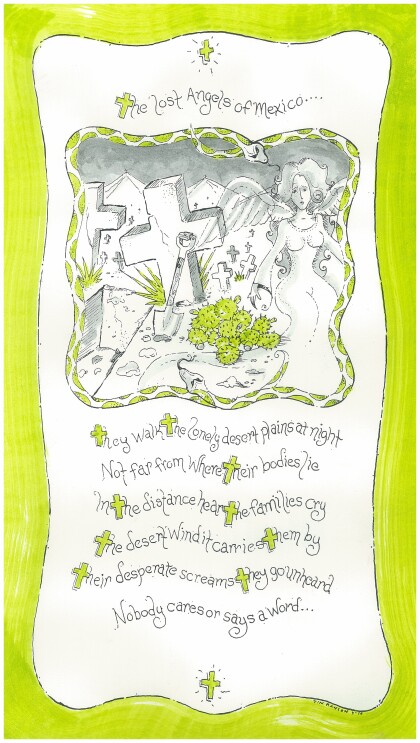
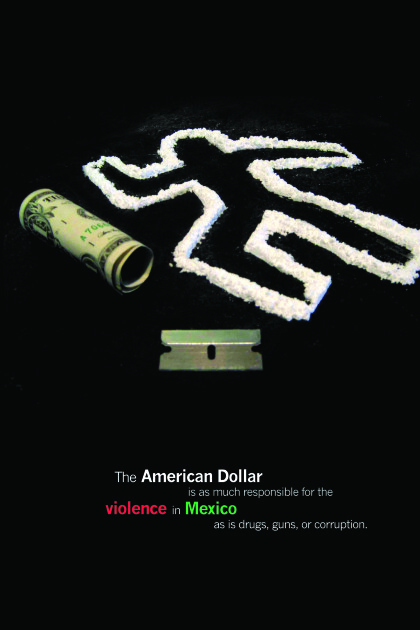
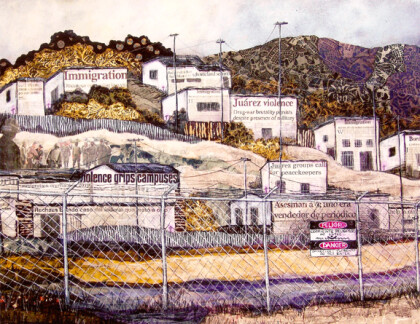
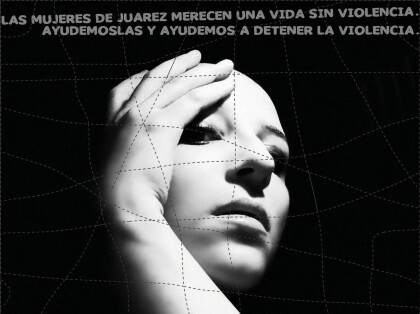


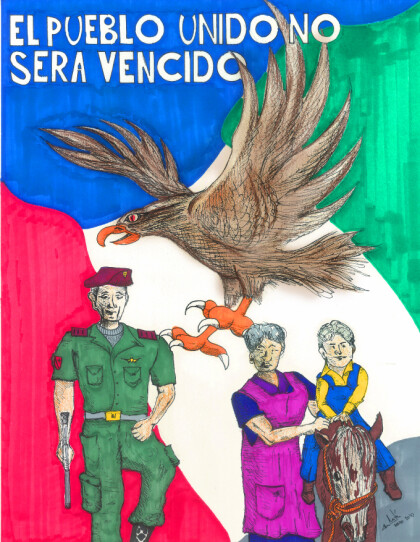
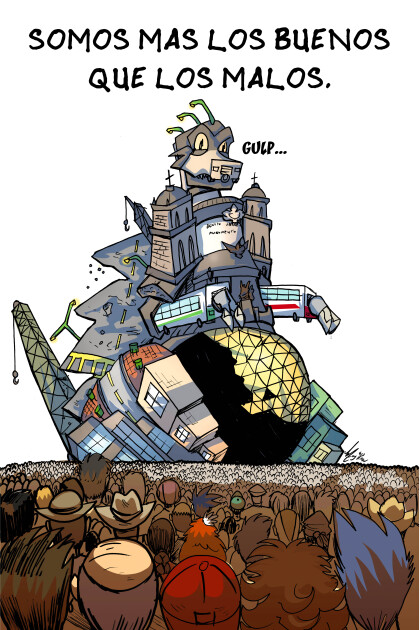
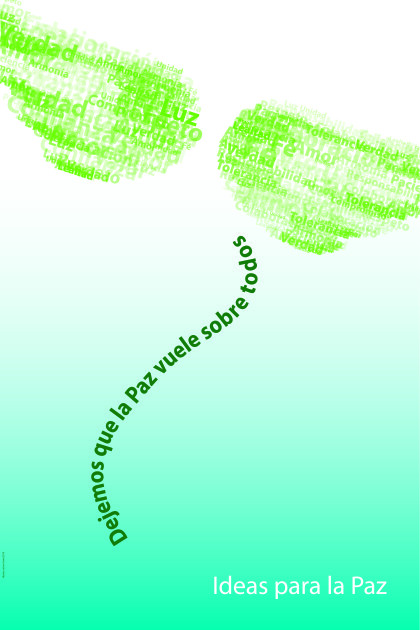
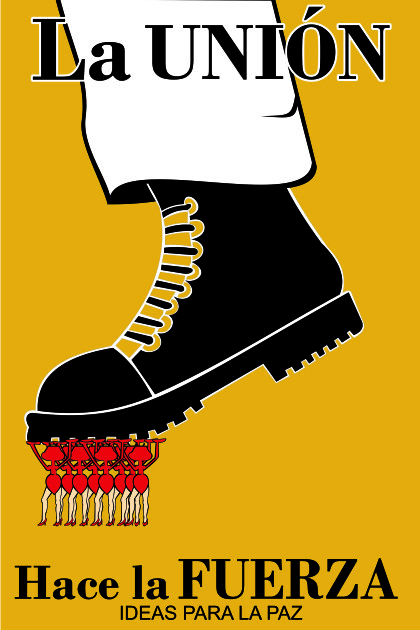
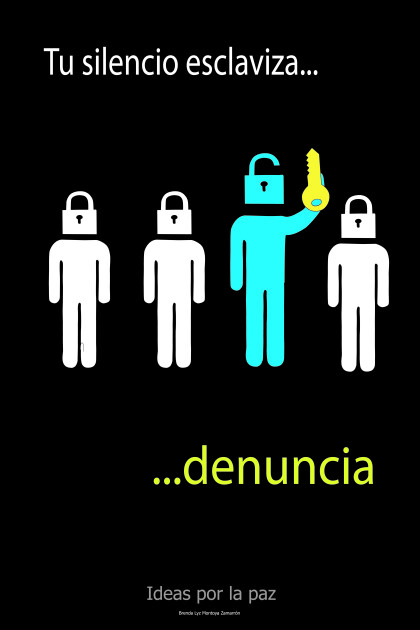

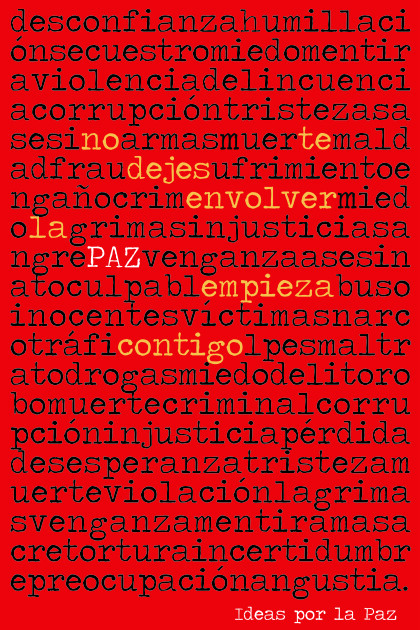



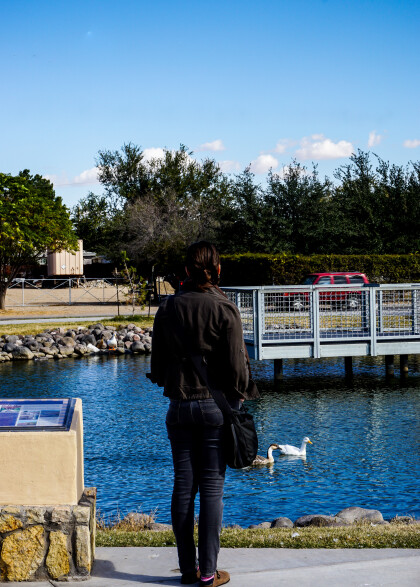



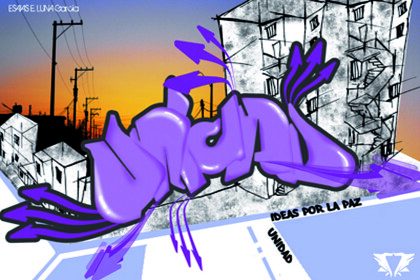
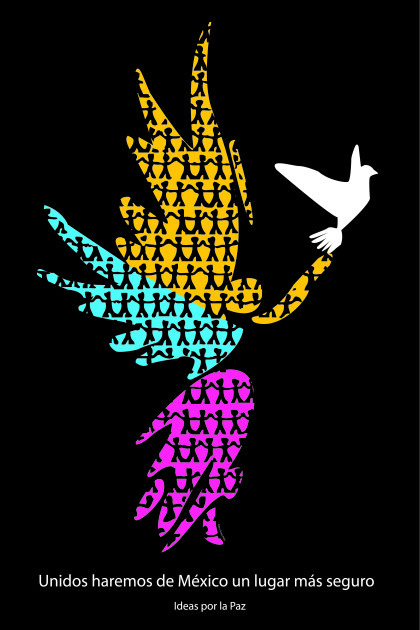
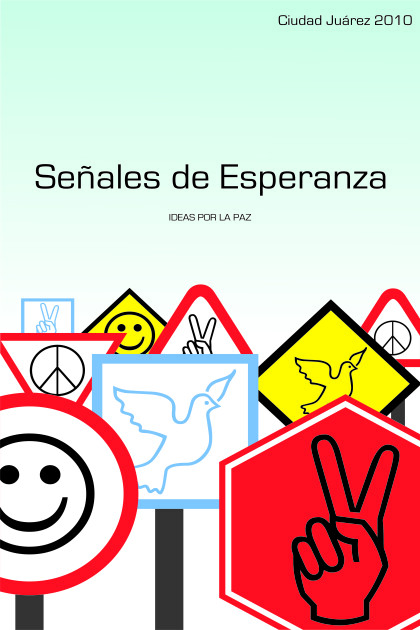
Comments
Add a comment